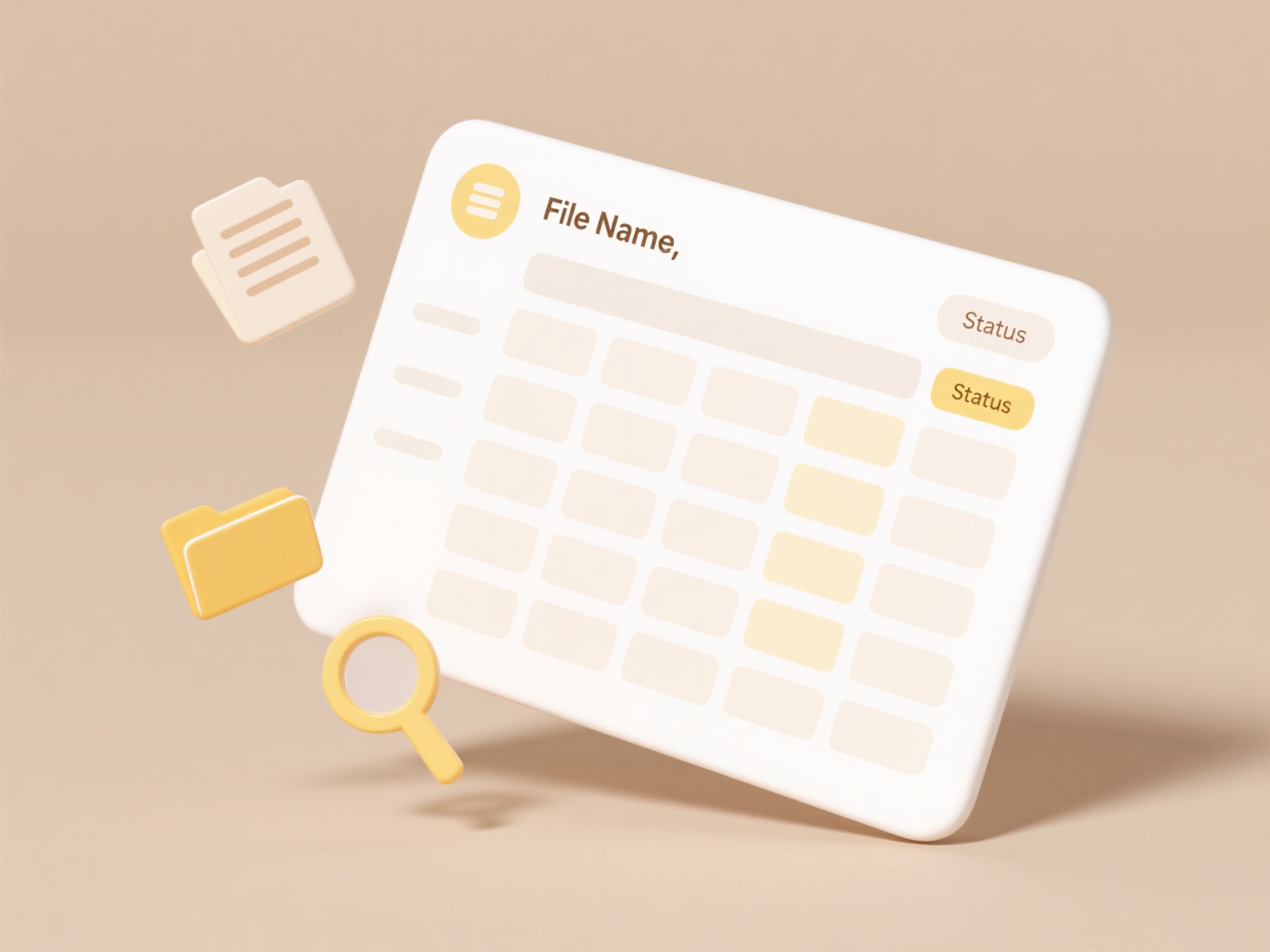
When files get renamed to identical names within the same folder, the operating system prevents this duplication to avoid confusion and data loss. Computer file systems enforce a fundamental rule: no two files in the same directory can have the exact same full name and extension. If a renaming action attempts to assign an existing filename to another file, the system intervenes automatically. Instead of overwriting the original, it typically alters the new name slightly, often by appending a sequence number in parentheses (e.g., filename (1).txt).

This behavior is common in everyday computing. For instance, if you download a second copy of report.pdf to a folder already containing one, your browser or operating system might save it as report (1).pdf. Developer tools like Git also enforce uniqueness; if you try to git mv two files to the same name, Git will display a fatal error, preventing the rename until you specify distinct names for each file.
The main advantage is preventing accidental overwriting of files, crucial for data integrity. A limitation is that the automatically assigned names ((1), (2), etc.) might not be as meaningful as intended. Users must be cautious, as manual renaming actions can overwrite files if confirmed explicitly. Generally, the enforced uniqueness protects users but requires attention to resulting filenames.
What happens if two files get the same name during renaming?
When files get renamed to identical names within the same folder, the operating system prevents this duplication to avoid confusion and data loss. Computer file systems enforce a fundamental rule: no two files in the same directory can have the exact same full name and extension. If a renaming action attempts to assign an existing filename to another file, the system intervenes automatically. Instead of overwriting the original, it typically alters the new name slightly, often by appending a sequence number in parentheses (e.g., filename (1).txt).

This behavior is common in everyday computing. For instance, if you download a second copy of report.pdf to a folder already containing one, your browser or operating system might save it as report (1).pdf. Developer tools like Git also enforce uniqueness; if you try to git mv two files to the same name, Git will display a fatal error, preventing the rename until you specify distinct names for each file.
The main advantage is preventing accidental overwriting of files, crucial for data integrity. A limitation is that the automatically assigned names ((1), (2), etc.) might not be as meaningful as intended. Users must be cautious, as manual renaming actions can overwrite files if confirmed explicitly. Generally, the enforced uniqueness protects users but requires attention to resulting filenames.
Quick Article Links
How do I review duplicates before deleting them?
Reviewing duplicates before deletion involves carefully examining potential duplicate records to verify they are unneces...
How do permissions work for attachments in email?
Email attachments function as separate file copies sent alongside messages. When you attach a file, you create a snapsho...
What’s the easiest tool for renaming batches of photos?
Batch photo renaming involves changing multiple image filenames simultaneously based on defined patterns or rules, rathe...